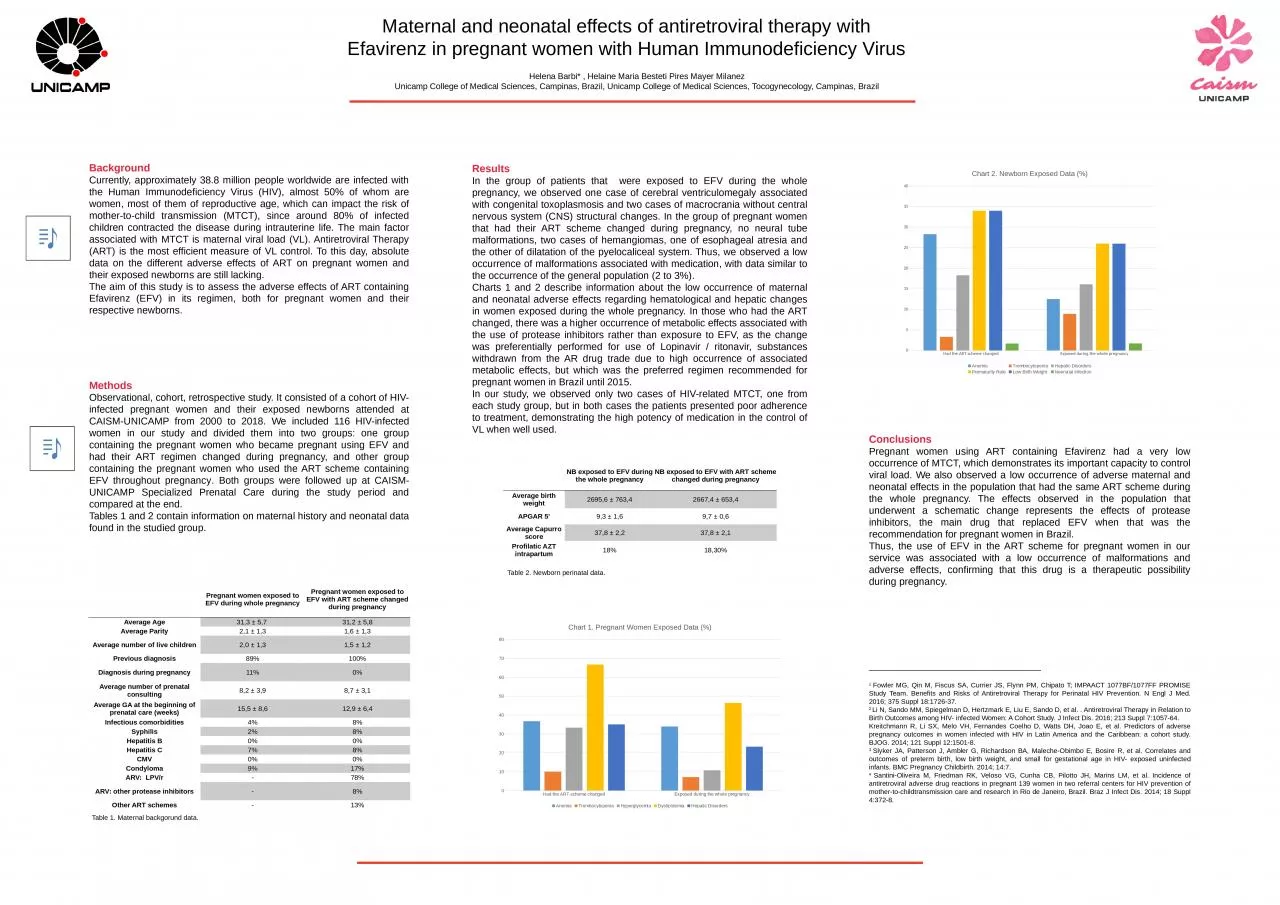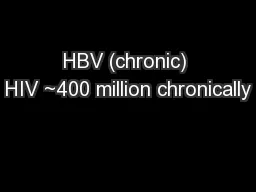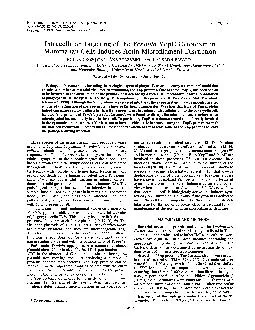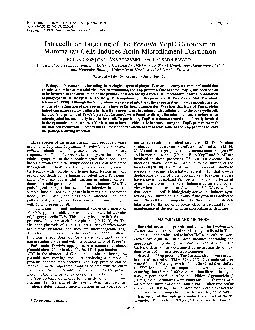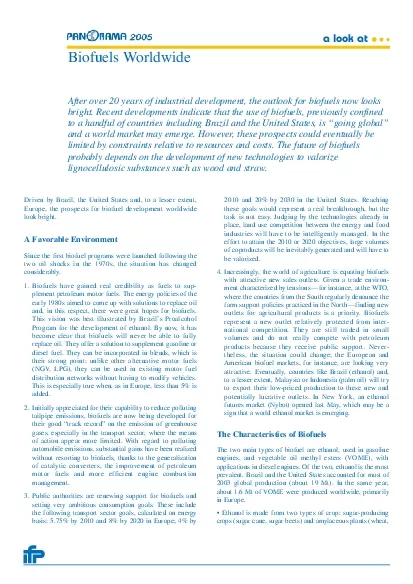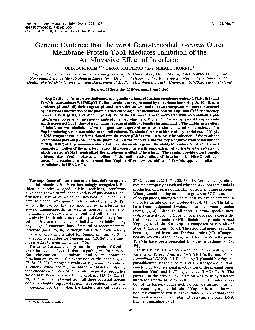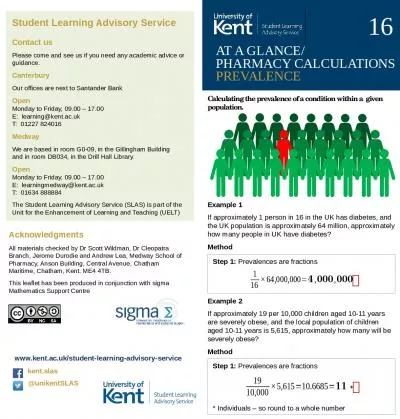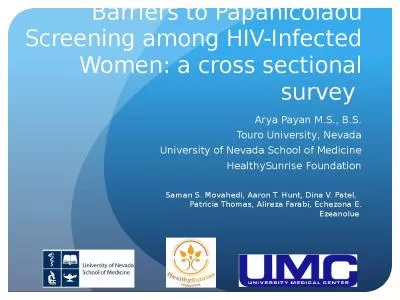PPT-Background Currently, approximately 38.8 million people worldwide are infected with the
Author : bency | Published Date : 2024-02-03
The aim of this study is to assess the adverse effects of ART containing Efavirenz EFV in its regimen both for pregnant women and their respective newborns Methods
Presentation Embed Code
Download Presentation
Download Presentation The PPT/PDF document "Background Currently, approximately 38.8..." is the property of its rightful owner. Permission is granted to download and print the materials on this website for personal, non-commercial use only, and to display it on your personal computer provided you do not modify the materials and that you retain all copyright notices contained in the materials. By downloading content from our website, you accept the terms of this agreement.
Background Currently, approximately 38.8 million people worldwide are infected with the: Transcript
Download Rules Of Document
"Background Currently, approximately 38.8 million people worldwide are infected with the"The content belongs to its owner. You may download and print it for personal use, without modification, and keep all copyright notices. By downloading, you agree to these terms.
Related Documents

